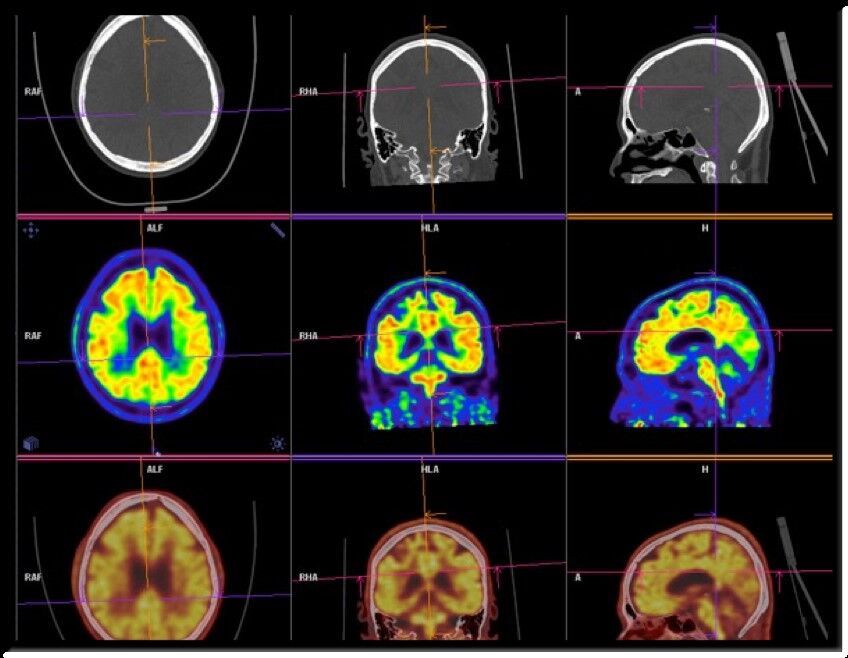Sometimes, people survive brief periods in which their heart stops beating. Ten to twenty percent of all survivors of these periods of cardiac arrest tell strange tales of vivid experiences. These near death experiences may involve feelings of profound peace, of floating free of the body, of ascending through a tunnel of light, and of meeting with a being of light. Some people interpret these experiences in religious terms, and claim them as evidence for life after death. Some neuroscientists are, instead, trying to explain these experiences in terms of the physiology of the dying brain.
What happens in the brain during cardiac arrest has been difficult to study, and not much was known. But, in 2013 a team of researchers reported an unexpected discovery. They found that during the first thirty seconds after their heart stopped beating, dying rats exhibited an intense spike of electrical activity in their brains. These gamma oscillations spread over the whole cerebral cortex and were highly organized. They were similar in some ways to those exhibited during heightened states of consciousness in humans. It is, of course, impossible to tell what, if anything, the rats experienced during such events.
In 2023 another research group reported similar findings in four human patients that died of cardiac arrest while electrical activity in their brain was being recorded. Two of the humans similarly exhibited intense spikes of gamma wave activity centered in areas of the brain known to be active during dreams and altered states of consciousness. The results support the idea that near death experiences could be explainable by brain physiology. But, much further research will be needed to understand these puzzling phenomena.










